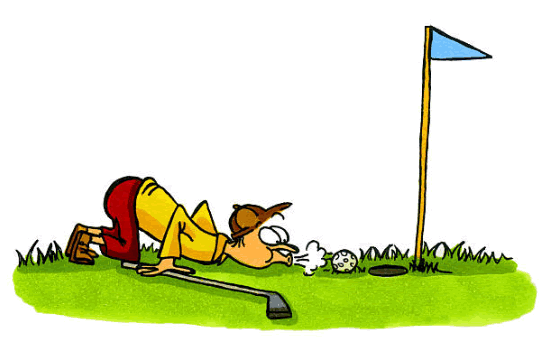The most widely accepted theory on putt putt golf is that it was invented in the early 20th century as a way to bring the game of golf to the masses. Miniature golf, as it was originally called, was designed to be played on a smaller scale and with simpler rules than traditional golf, making it more accessible to people who didn’t have the time, money, or skills to play regular golf.
The first miniature golf courses were simple and basic, with only a few holes and minimal obstacles. However, as the popularity of the game grew, courses became more elaborate and creative, with colorful designs, whimsical themes, and challenging obstacles like windmills, tunnels, and water features.
Over time, miniature golf evolved into the more modern and sophisticated version we know today as putt putt golf. Putt putt golf courses are typically 18 holes and have a variety of different obstacles and challenges to navigate, including ramps, loops, and jumps.
While the origins of putt putt golf are somewhat murky, it is generally believed to have been popularized in the United States during the 1950s and 1960s, when many new courses were built across the country. Today, putt putt golf remains a beloved pastime for people of all ages, and continues to evolve with new and innovative designs that keep players coming back for more.






Love the history of putt putt